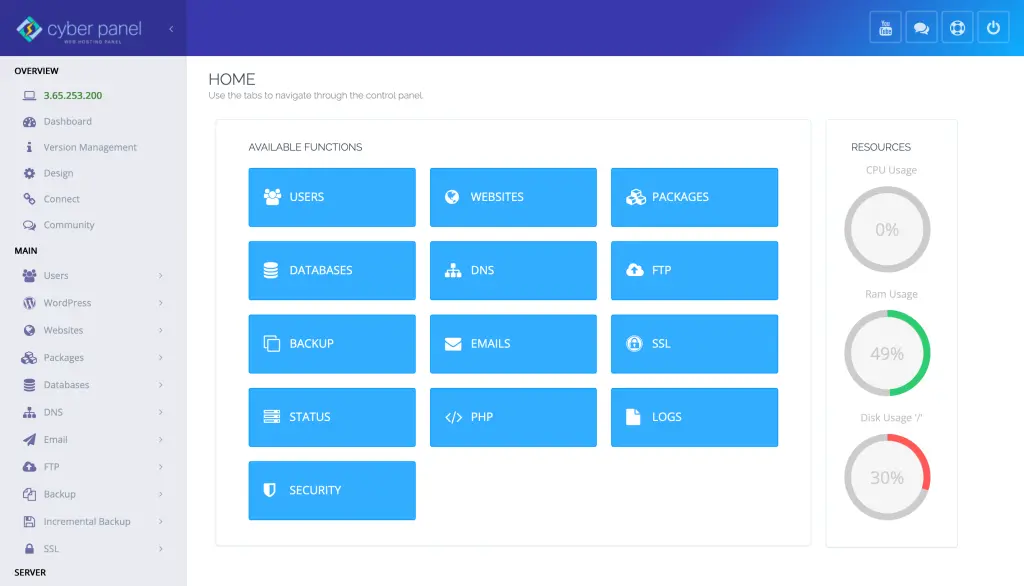Container technology is a boon to developers in the world of building, testing, and deployment of applications. Advantage of Docker is leading this change by enabling groups to create portable applications in Docker images. But once you build an image, you need somewhere to store and share it, which is where Docker registries come in. It’s time to learn Docker Push Image.
Pushing a Docker image to a registry (either a public one like Docker Hub or a private one used by an organization) is one of the most commonly accepted steps in CI/CD workflows. It allows applications to be easily deployable across environments. But what does it actually mean to push an image? How do you authenticate it tag it and upload it?
This guide will explain the process of pushing images using Docker and will cover how to push to Docker Hub as well as in a private registry.
Prerequisites for Docker Push Image
To push a Docker image follow these:
- Docker installed on your machine (docker –version)
- An account on Docker Hub (if you want to push to Docker Hub)
- (Private registry access if applicable)
- A locally available Docker image (docker images to check)
How to Push Docker Image to Docker Hub
Now, we are going to learn how to push image to Docker Hub:
Build a Docker Image
Before pushing any image, you should build it from a Dockerfile.
Get exclusive access to all things tech-savvy, and be the first to receive
the latest updates directly in your inbox.
docker build -t my-image:latest .The above command will create an image, my-image with the latest tag.
Check the built image:
docker imagesOutput:
REPOSITORY TAG IMAGE ID CREATED SIZE my-image latest 3f4e2b7a3c55 2 minutes ago 150MBAuthenticate with Docker Hub
Before you can push the actual image to Docker Hub, you have to log in.
docker loginIt also will ask for your Docker Hub username and password.
Tag the Docker Image
Pushing images requires them to be tagged in Docker.
docker tag my-image:latest my-dockerhub-username/my-image:latestPush the Docker Image to the Docker Hub
Finally, we got how to push a Docker image to Docker Hub. After tagging it push the image with:
docker push my-dockerhub-username/my-image:latestOutput:
The push refers to repository [docker.io/my-dockerhub-username/my-image] latest: digest: sha256:5d77… pushedDocker Push Image to Private Registry
The process is a bit different if you are using a private registry.
Log in to Your Private Registry
docker login myregistry.example.comWhen prompted, enter your registry credentials.

Tag the Image for Private Registry
docker tag my-image:latest myregistry.example.com/my-image:latestPush the Image to the Private Registry
docker push myregistry.example.com/my-image:latestDocker Private Local Registry Setup
For a private Docker registry, use the command:
docker run -d -p 5000:5000 --name my-registry registry:2Now, push an image to your local registry:
docker tag my-image:latest localhost:5000/my-image:latest docker push localhost:5000/my-image:latestCyberPanel in Docker Image Management

CyberPanel is a robust web hosting control panel that plays an important role in managing Docker-based applications.
Containerized Hosting – With CyberPanel, web applications can be run in Docker containers.
Private Registry Integration – Users can integrate CyberPanel with self-hosted Docker registries.
Automated Deployment — Using CyberPanel’s scripting features, developers can automate deployments.
Security Administration – CyberPanel also allows for firewall management to protect your registry access.
Back and Relocation – Within CyberPanel’s back resources, clients can productively relocate and reestablish compartmented applications.
FAQs: Docker Push Image
1. Why do we need a “Docker push image”?
Pushing a docker image allows the developers to keep containerized applications and share them. Integrating Image for Cloud lets teams push images across environments easily.
2. Can I push the Docker image without logging in?
No, you must authenticate before being able to push an image to Docker Hub or a private registry.
3. What if I push an image with the same tag?
If an image with the same tag already exists, it will be replaced. Docker keeps the history of the whole image digests for the changes.
Finally – You are now able to push your Docker images!
The Docker push image command is a key tool in any modern DevOps toolbox. Regardless of pushing to Docker Hub or a private registry, knowing these processes will guarantee a smooth container deployment.
Docker registries allow for better collaboration, automation, and faster deployment space, and have become a critical tool to streamline the software pipeline for teams



